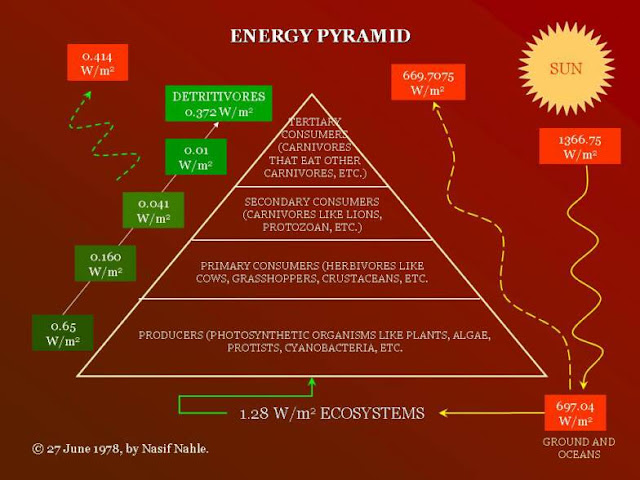
What characteristics unify angiosperms?
Angiosperms are flowering plants, that only reproduce sexually through pollination taking place in flowers. Seeds of angiosperms are contained within a protective barrier called a fruit.
 |
| This is a picture of a angiosperm flower being pollinated by a bee. |
 |
| Four pictures of flowering angiosperms. |
Below is a diagram of the alternation of generation life cyle of an angiosperm.
 |
The angiosperm life cycle starts with the development of the diploid flower on the sporophyte plant. After pollination, the pollen grain develops on the stigma, and a pollen tube grows. This process has double fertilization which is unique to flowering plants. The mature ovary forms a fruit around the seed.
Monocot or Dicot?
|
 |
| Irises are monocots |
 |
Pansies are Dicots
You can tell the difference between dicots and monocots by looking at the number of petals the flower has.
|
Monocot flowers tend to have a number of parts that is divisible by three, or six.
 |
| Daffodils are monocots, they have 6 petals |
Dicot flowers on the other hand, tend to have parts in multiples of four or five.
 |
| Buttercups are dicots, they have 5 petals |
Another way to differentiate between monocots and dicots is to look at the leaf patterns.
In monocots, there are usually a number of major leaf veins which run parallel the length of the leaf.
 |
| Monocot leaf |
In dicots, there are usually many smaller veins which sprout off of the major ones.
 |
| Dicot leaf |
Another way to tell is looking at the arrangement of the vascular bundles located within the stem. If the stem vascular bundles are scattered, then the plant is a monocot. If the stem vascular bundles form a ring, then the plant is a dicot.
How do the angiosperm features aid in survival in a land environment?
|
- A major advantage of flowers is
that they have allowed angiosperms to use other organisms to move their pollen
about.
- Fruit protects and encloses the seeds and aids in their dispersal.
- Roots are used by the angiosperms to absorb nutrients from the soil.
- Leaves are the major site of food production for the plant
- Vascular tissues provide channels for the transport of water and nutrients.
The stem Protects the vascular system of the plant from the dangers on land
|



























